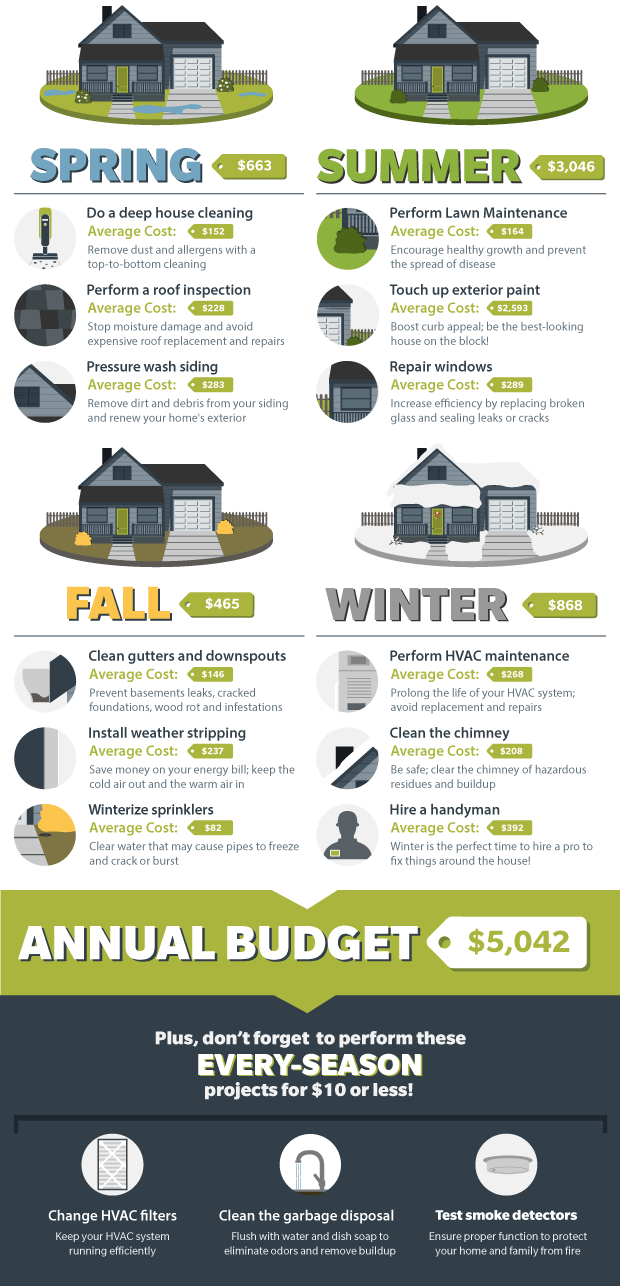Stopping Working To Attend To Roof Covering Ventilation May Cause Considerable Damages; Discover The Crucial Factors That Add To An Effective Installation And Protect Your Monetary Dedication.
Stopping Working To Attend To Roof Covering Ventilation May Cause Considerable Damages; Discover The Crucial Factors That Add To An Effective Installation And Protect Your Monetary Dedication.
Blog Article
Content By-Morrow Vogel
When you're taking on a roof task, you could not believe much regarding roofing system ventilation, yet it's even more important than you understand. Efficient air flow aids control temperature and moisture in your attic, stopping problems like mold and mildew and architectural damages. By comprehending how to design and mount a well balanced ventilation system, you can enhance energy efficiency and extend the life expectancy of your roof covering materials. So, what are the key elements to think about during installment that can make all the difference?
Importance of Roof Ventilation
Roof covering air flow plays a vital function in maintaining the general health of your home. By allowing fresh air to circulate with your attic room, it helps regulate temperature level and wetness degrees. This equilibrium is vital to prevent heat accumulation during warm months, which can lead to enhanced energy expenses as your cooling works overtime.
Furthermore, correct ventilation dramatically decreases the threat of moisture-related problems like mold and mold. If moisture degrees increase, your home's architectural stability can be jeopardized, leading to expensive repair services. You would not wish to manage rotting timber or distorted roofing materials, right?
Additionally, ample ventilation extends the life-span of your roof. When warmth and dampness are kept in check, your roofing system can perform efficiently, avoiding premature damage. This implies fewer headaches and costs down the line.
How Roofing Air Flow Functions
Reliable roofing system ventilation counts on the all-natural movement of air to produce a balance in between intake and exhaust. When you install vents, you're basically allowing fresh air to enter your attic while enabling hot, stagnant air to get away. This process assists control temperature and moisture degrees, stopping concerns like mold development and roof covering damage.
Consumption vents, typically found at the eaves, pull in great air from outdoors. Meanwhile, exhaust vents, situated near the ridge of the roof, let hot air increase and leave. The difference in temperature level creates an all-natural air movement, referred to as the pile result. As https://roofing-contractors-near84062.blogscribble.com/33310496/minimize-the-danger-of-expensive-fixings-with-continuous-roof-covering-upkeep-uncover-important-understandings-that-can-safeguard-your-home-in-ways-you-never-ever-assumed-feasible rises, it creates a vacuum that pulls in cooler air from the lower vents.
To maximize this system, you need to guarantee that the consumption and exhaust vents are appropriately sized and placed. If the consumption is limited, you will not achieve the preferred air flow.
Also, insufficient exhaust can trap heat and dampness, resulting in possible damage.
Secret Installment Factors To Consider
When mounting roofing air flow, several vital factors to consider can make or damage your system's efficiency. First, you need to examine your roofing system's style. The pitch, form, and materials all influence airflow and air flow option. Make sure to pick vents that suit your roof covering kind and neighborhood climate conditions.
Next, take into consideration the positioning of your vents. Ideally, you'll want a balanced system with intake and exhaust vents placed for ideal air flow. Area consumption vents low on the roofing system and exhaust vents near the optimal to motivate a natural flow of air. This configuration helps stop dampness accumulation and promotes power efficiency.
Don't forget insulation. Proper insulation in your attic room protects against heat from running away and maintains your home comfortable. Ensure that insulation does not block your vents, as this can impede airflow.
Lastly, consider https://www.newschannel10.com/2020/06/23/roofing-companies-homeowners-may-now-face-criminal-penalties-waiving-deductibles-roofing-repairs-replacements/ . Choose ventilation systems that are easy to gain access to for cleaning and inspection. Routine upkeep ensures your system continues to operate successfully over time.
Verdict
In conclusion, roof covering ventilation is important for a successful installment. By guaranteeing correct air flow, you can avoid heat build-up and wetness concerns that cause costly damage. When you strategically position intake and exhaust vents, you enhance energy efficiency and prolong the life expectancy of your roofing. Look At This in mind, a well-ventilated roof covering not only protects your investment but additionally improves your interior air top quality. So, prioritize ventilation to guarantee a resistant and cost-effective roof for your home.
